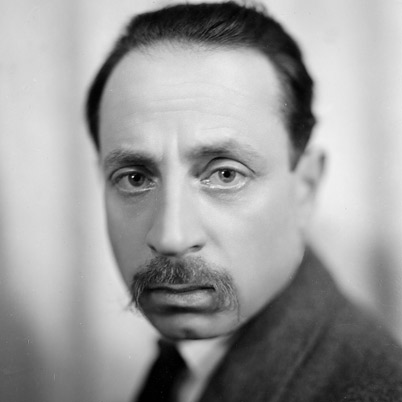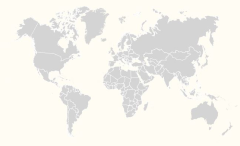Rainer Maria Rilke is considered one of the German language's greatest 20th century poets. His haunting images tend to focus on the difficulty of communion with the ineffable in an age of disbelief, solitude, and profound anxiety — themes that tend to position him as a transitional figure between the traditional and the modernist poets. He wrote in both verse and a highly lyrical prose.
Background
René Karl Wilhelm Johann Josef Maria Rilke was born in Prague, capital of Bohemia (then part of Austria-Hungary, now the Czech Republic) on the 4th of December 1875. He was the only child of a German-speaking family. His father, Josef Rilke (1838–1906), was a retired officer in the Austrian army who worked as a railroad official. His mother, Sophie ("Phia") Entz (1851–1931), was a socially ambitious and possessive woman. She came from a well-to-do Prague family, the Entz-Kinzelbergers, who lived in a house on the Herrengasse (Panská) 8, where René also spent many of his early years. A crucial fact in Rilke's life was that his mother called him Sophia and forced him to wear girl's clothes until he was aged five - thus compensating for the earlier loss of a baby daughter. However, his father gave him toy soldiers and dumbbells for exercise. Later Rilke blamed his mother for his dark childhood, but she also encouraged him to read and write poetry. Rilke also learned early many of Schiller's ballads by heart. His parent’s marriage fell apart in 1884 when Rilke was only nine.
Education
Rilke spent his first four school years in a catholic monastic school in Prague. Even though Rilke was artistically and poetically talented, it was financially impossible for him to attend secondary school, and his parents forced him to attend the military academy of St. Pölten and Mahrisch-Weisskirchenn. He stayed there for five years from 1886 until 1891, when his illness made him to leave the academy.
In late 1891 his parents decided that he should attend trade school in Linz. Then Rilke was tutored for three years for his university entrance examinations and finally cleared the university entrance exam in 1895. Until 1897 he studied art, literature history, and philosophy in Prague and Munich. At that time, Rainer Maria Rilke published his first poems and dedicated more time to his literary work.
Career
During his life Rilke worked as a poet and novelist. He is considered one of the most significant poets in the German language. His haunting images focus on the difficulty of communion with the ineffable in an age of disbelief, solitude, and profound anxiety: themes that tend to position him as a transitional figure between the traditional and the modernist poets. He wrote in both verse and a highly lyrical prose. Rilke travelled extensively throughout Europe and North Africa, including Russia, Spain, Germany, France, Italy, and in his later years settled in Switzerland—settings that were key to the genesis and inspiration for many of his poems. While Rilke is most known for his contributions to German literature, over 400 poems were originally written in French and dedicated to the canton of Valais in Switzerland.
Politics
In January and February 1926 Rilke wrote three letters to the Mussolini-adversary Aurelia Gallarati Scotti, in which he praised Benito Mussolini and described fascism as a healing agent.




